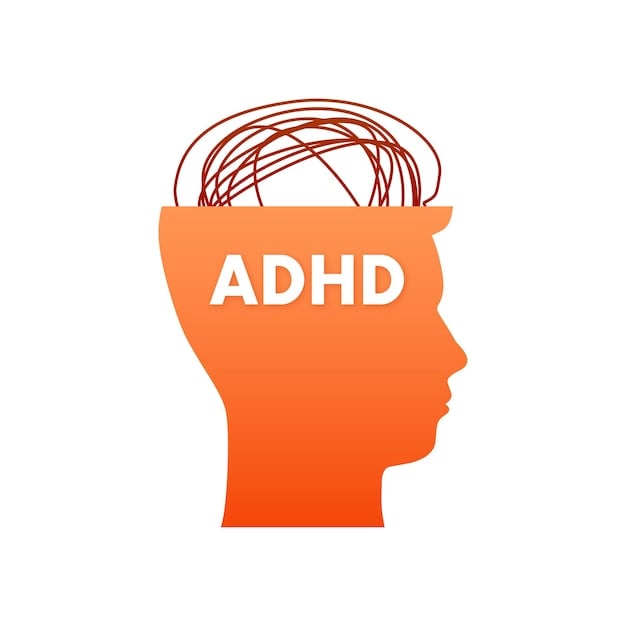It’s time to know your rights!
If you have ADHD, and you come across a website or app that is playing an animation (video or gif, or any other type), and you live in the US (you don’t need citizenship), you can complain to your government that someone is breaking the law and violating your rights.
Yes, you could just use ad-blockers, but you can easily help solve the problem too for everyone just by filling in a form online.
The people you complain about might only get nasty legal letters that annoy their lawyers and cost them time and money to defend or fix, but for like 10 mins of effort on your part, that’s a pretty good deal. There could also be fines for them, especially if people have complained before about them. You can even complain anonymously!
How?
To be considered a valid complaint, the animation must:
- start without you triggering it (so on page load, not clicking on something)
- last for longer than 5 seconds (yes, looping counts as lasting forever)
- be alongside other content (like videos in articles, not like a video as the main thing on a page)
- not allow you to pause, stop or hide it with your mouse and/or keyboard and/or touch (or whatever else you use to get around).
For your complaint to be most effective:
- both you and the site should be in the same general location. (US located people complaining to the US Government about a US company is always more helpful than trying to do international stuff.)
- you should probably mention that you have a medical condition that makes it difficult to focus when there are distractions
- you could mention they are not following this rule: “WCAG Pause, Stop, Hide (SC 2.2.2)”
- screen recordings are helpful evidence, but don’t let this stop you, you can’t upload them to the form and they might not request them anyway
Complaining about any organisation that gets government money is bonus points, they have even less room to wiggle out of it. Anyone from big business to small police department or anything in between has to follow this rule. They might also give some extra weight to complaints from US veterans?
If you think you tick all of those boxes you can fill out the online form on the Civil Rights Division site, but you should read first this ADA info about what happens when you complaint.
So if you find yourself getting annoyed by yet another distraction when you’re just trying to get shit done in the US online, you now know you have an option to channel that frustration.
EU residents will be better able to channel their frustration June 2025. Some countries do have options now
A little extra info for the intrigued:
- The Web Content Accessibility Guidelines aren’t guidelines anymore, they’re pretty embedded in a lot of law. It’s the list of things websites must do for people with disabilities. It’s a bit difficult to navigate if you’re new to it though.
- if you want to know more about this particular rule and why it exists here’s an explanation of WCAG SC 2.2.2: Pause, Stop, Hide
- The WCAG is a requirement for places which accept government money under the Americans with Disabilities Act Title 2 Regulations while private companies are under Americans with Disabilities Act Title 3 Regulations. Same rule applies to both, so you don’t even need to know this.
- a disability is defined as “a person with a physical or mental impairment that substantially limits one or more major life activities, a person who has a history or record of such an impairment, or a person who is perceived by others as having such an impairment.” Using the internet is a major life activity for many of us, and you don’t need to identify as being disabled to fill in the form. The US Department of Labor’s own website, the Job Accomodations Network lists ADHD as a disability and details employment accommodations though, so, it’s not like you have to prove your life experience or anything
Disclaimer: I am not a lawyer, feel free to verify or refute this info with your own hyperfixation


Does this apply to spinners and other wait animations used to indicate to the visitor that something is happening or giving comfort that their request is indeed still being actively processed?
I think you could say an animated loading UI is “essential” since it conveys to the user the program is not frozen. Maybe you could implement a “simple” loading animation if the default one is exceptionally flashy.
1st paragraph of the WCAG linked by OP:
And further down:
Even further down:
Correct and nicely sourced!
deleted by creator